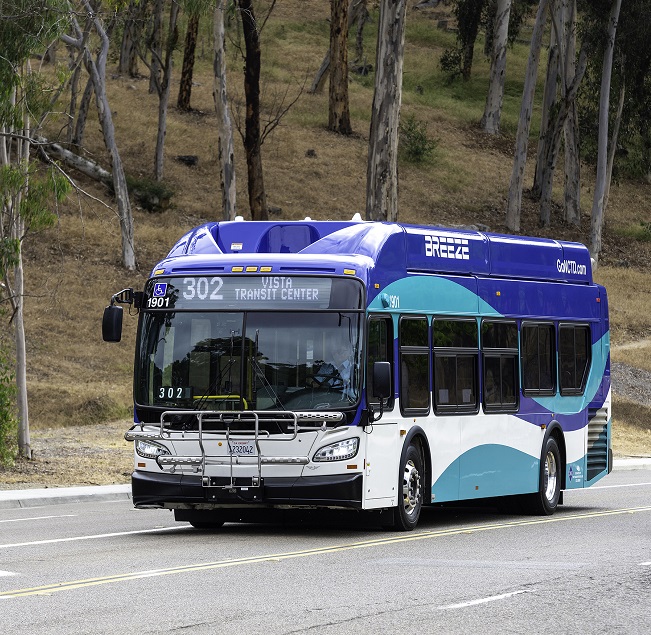Translation Disclaimer
Select a language using the Google Translate feature to change the text on this site into other languages.
*We cannot guarantee the accuracy any information translated through Google Translate. This translation feature is offered as an additional resource for information.
If information is needed in another language, contact (760) 966-6500.
Si necesita información en otro idioma, comuníquese al (760) 966-6500.
如果需要其他语种的信息,请致电 (760) 966-6500。
如需其他語言版本的資訊,請致電 (760) 966-6500。
Nếu cần thông tin bằng ngôn ngữ khác, xin liên hệ số (760) 966-6500.
Kung kailangan ang impormasyon sa ibang wika, makipag-ugnayan sa (760) 966-6500.
정보가 다른 언어로 필요하시다면 760-966-6500로 문의해 주십시오.










